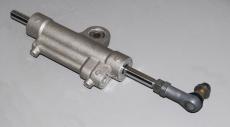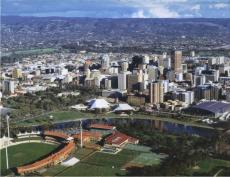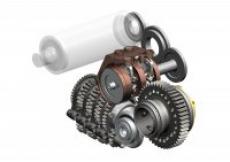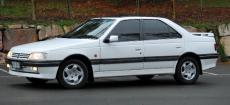Workshop competence…
There is a major difference between workshops that hustle their customers well and those that take pride in the quality of their work and produce the goods. It’s easy to lose sight of the latter when blinded by the former.
Paradoxically, I’d be especially wary of workshops that are given much publicity – and are even revered – in modified car media. Often those workshops are widely covered because they’re doing exciting things – but do you want exciting times with a workshop or just good jobs? Excitement more than often means breakages, something which in my experience the customer – not the workshop – always ends up paying for….
By far the best way to assess workshop competence is to ask for a customer reference – to get the phone number of a former customer who has had similar work done on a similar car. That way, you can have a chat with the person and see if they were happy with the work, the service and the price. If you’re told that customer info is confidential, provide your own contact details and ask if the customer can give you a call.
Another way of checking things out is to ask about the workshop’s involvement with competition cars. Any workshop worth their salt will be fielding cars (or have customers with cars) in drag racing, club sprints, speedway, touring cars, hillclimbs, motorkhanas, off-road racing or the like. And that applies even to small town workshops. If they aren’t currently involved in any way with competition, and have never been involved in any competition involving cars, leave.
Finally – and it‘s by no means infallible – workshops that have been around for many years are more likely to have been doing the right thing by their customers than those just starting with a splash.
Over the years I’ve seen the best of workshops with few customers and the worse of workshops with heaps. Just occasionally – VERY occasionally – the best workshops also have lots of customers.

 Julian Edgar, 50, has been writing about car modification and automotive technology for nearly 25 years. He has owned cars with two, three, four, five, six and eight cylinders; single turbo, twin turbo, supercharged, diesel and hybrid electric drivelines. He lists his transport interests as turbocharging, aerodynamics, suspension design and human-powered vehicles.
Julian Edgar, 50, has been writing about car modification and automotive technology for nearly 25 years. He has owned cars with two, three, four, five, six and eight cylinders; single turbo, twin turbo, supercharged, diesel and hybrid electric drivelines. He lists his transport interests as turbocharging, aerodynamics, suspension design and human-powered vehicles.





